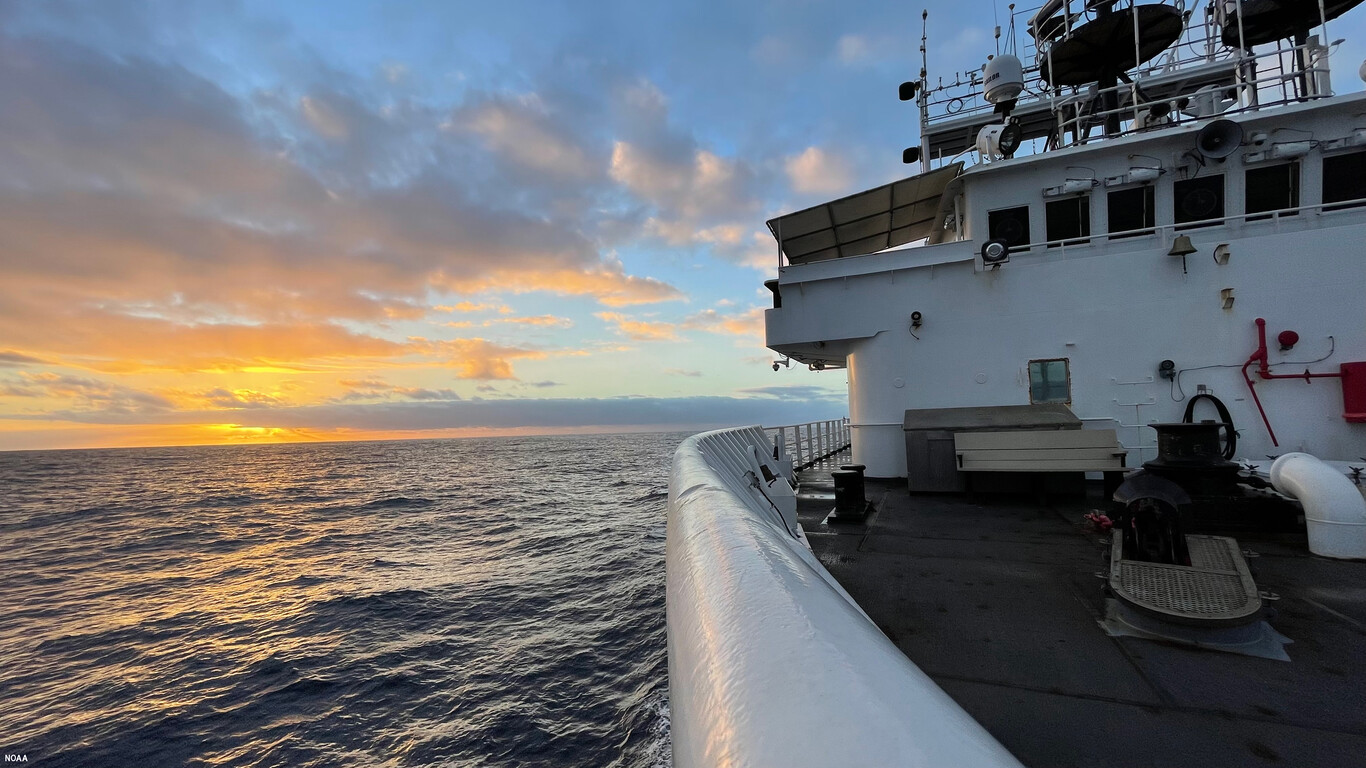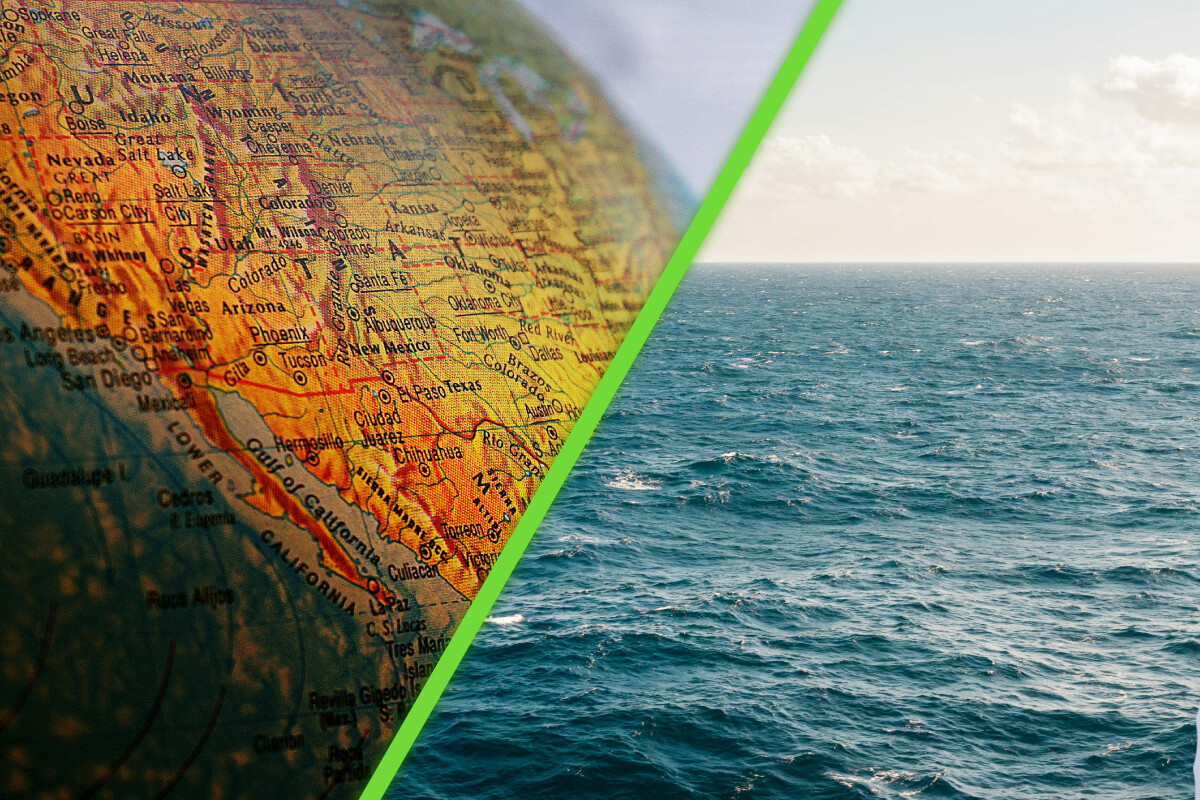The United States claims that its territory has grown by one million square kilometers. This expansion is not the result of any natural phenomenon or forced annexation. The United States is trying to claim for itself the ocean territory that surrounds it. What happened is that the country announced new coordinates that supposedly describe its extended continental shelf (ECS).
It all began in 2023, when the US government announced that the underwater extensions close to its coasts met the necessary criteria to be considered part of its territory. The ECS that the United States is claiming as its own has an area equivalent to approximately half of Alaska (1,717,856 square kilometers) or twice the size of Spain (505,370 square kilometers). However, it does not have it easy, as the challenge now is to prove that its claim is valid according to international law.
What are ECS?
Extended continental shelves are not a new concept, although they are rarely discussed outside specialized circles. These regions correspond to the extensions of the shallow seabed off the coast of large land masses. In legal terms, countries can claim them if they present sufficient scientific evidence to justify their sovereignty over them. As part of their territory, countries can explore these areas and exploit their natural resources.
As of December 2023, 75 countries had defined the boundaries of their continental shelf, while the US had not yet done so. This is because the National Oceanic and Atmospheric Administration (NOAA), the Geological Survey and other government agencies took two decades to gather the evidence needed to formalize their claim to seven marine areas in the Arctic, the Atlantic, the Bering Sea, the Pacific, the Mariana Islands and two regions in the Gulf of Mexico.
According to Mead Treadwell, former lieutenant governor of Alaska and member of the Arctic Research Commission, “the United States is bigger than yesterday. It’s not exactly the Louisiana Purchase or the Alaska Purchase, but the new area of land and subsoil resources under US control is twice the size of California”.

The challenge facing the international community
For this territorial expansion to be legally valid in the eyes of the international community, the United States will have to present its application to the United Nations Convention on the Law of the Sea (UNCLOS). However, the country has never ratified this treaty, which complicates its ability to make its claim. Although 168 states and the European Union have accepted the rules of UNCLOS, the US has remained on the sidelines due to internal political disagreements.
The lack of ratification of the international treaty could hinder the recognition that the US is seeking. In addition to this, claims over marine waters have generated global tensions. The dispute over the South China Sea, which pits China against its neighbors, the Philippines and Vietnam, is just one example of the conflicts that can arise from this type of dispute.
If the United States succeeds in having its claim accepted, the expansion of its ocean territory in the Arctic would give it access to important natural resources. It would also open up routes for maritime transport and allow for the exploitation of minerals on the seabed. This issue also raises concerns, both environmental and diplomatic, as other countries could take similar measures to expand their own maritime borders.









